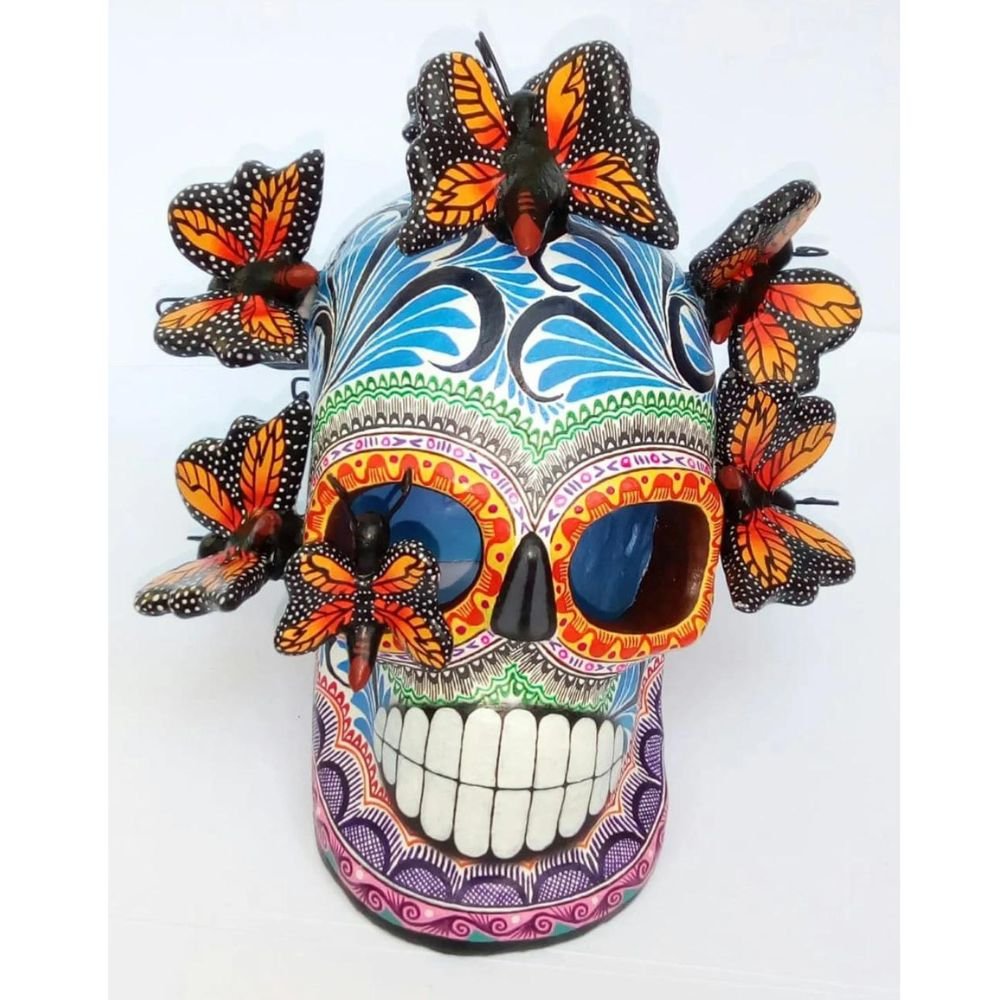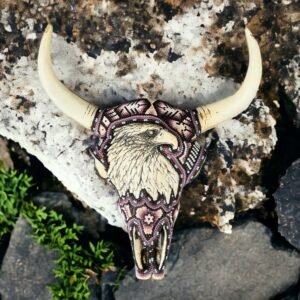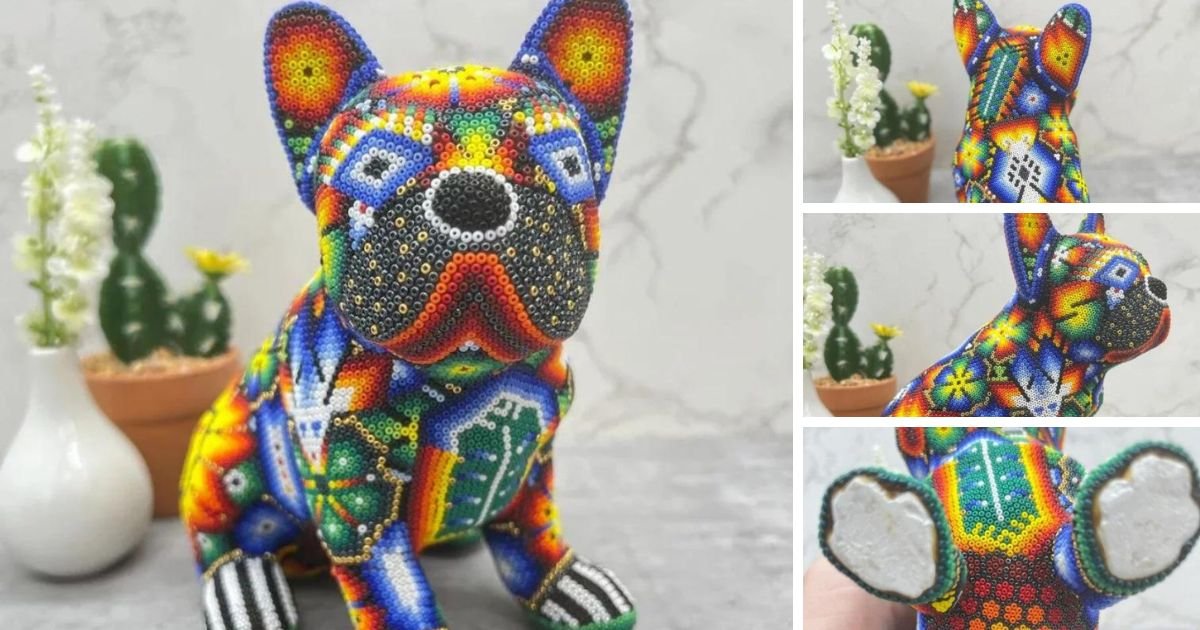Dive deep into the vibrant world of Mexican skulls and their significance beyond the Day of the Dead celebrations.
The iconic calaveras, or skulls, have become synonymous with Mexico’s Day of the Dead celebrations. But beyond this annual event, they hold a deeper cultural significance and artistic value that transcends borders and time.
Historical Significance
Skulls have always played a vital role in Mesoamerican cultures, symbolizing death and rebirth in continuous cycles of life.
Pre-Columbian Art: Ancient civilizations incorporated skull motifs in sculptures, paintings, and temples.
Colonial Influence: The fusion of indigenous beliefs and Catholic traditions gave rise to new interpretations.
- La Catrina: The elegantly dressed skeleton figure, representing both the rich and poor, reminding everyone of their mortality.
Embrace the historical richness with our range of calavera-inspired decor, echoing centuries of tradition.
Modern-day Reinterpretations
Today, the calavera has been reimagined in various forms, from fashion and tattoos to modern art, showcasing its versatility and enduring appeal.
Pop Culture: The skull motif is prevalent in movies, music, and merchandise.
Fashion Statement: Jewelry, clothing, and accessories adorned with calavera designs.
- Artistic Expressions: Contemporary artists infuse modern themes while paying homage to traditional roots.
Update your spaces with our modern calavera pieces, blending timeless tradition with contemporary flair.
Calaveras, with their intricate designs and profound meanings, are not just symbols but are threads woven into the fabric of Mexican culture, past and present.













